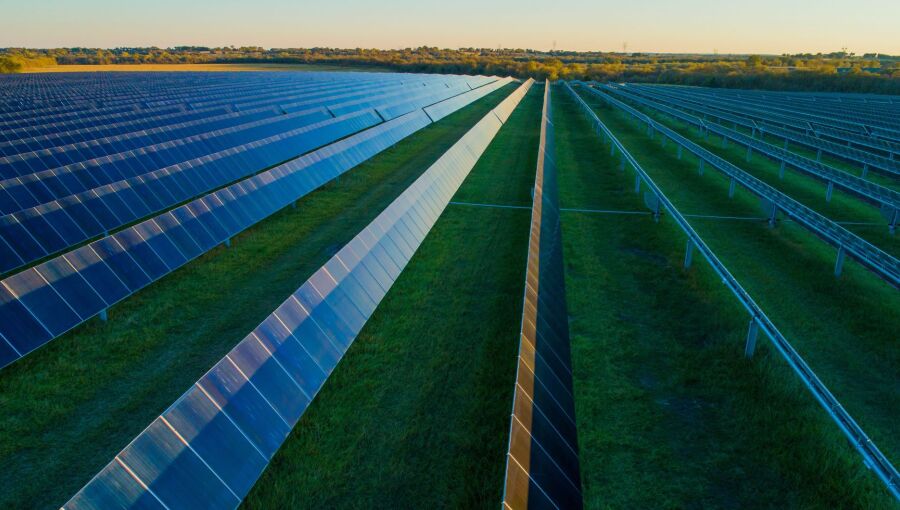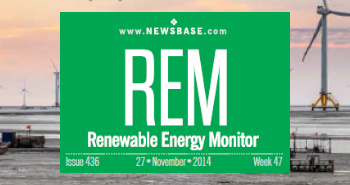US clean energy sector faces major setbacks under Trump’s new policies

Recent policy changes introduced by President Donald Trump are rippling through the US renewable energy sector, with wind and solar industries reporting severe slowdowns in investment and project development.
According to a report by Wood Mackenzie and the American Clean Power Association (ACP), new wind turbine orders in the US plummeted by half in the first six months of 2025 compared with the same period in 2024. This marks the weakest performance for the sector since 2020.
The dramatic decline has been attributed to a slate of federal actions taken since Trump resumed the presidency in January. These include heightened trade barriers, a rollback of clean energy tax credits, and a tightening of permitting procedures. Industry analysts warn that such moves threaten the growth trajectory of domestic wind and solar energy and could destabilise long-term energy supply.
“The added red tape and rising costs from these policies jeopardize the nation’s ability to meet demand using domestic renewable sources,” said John Hensley, senior vice president of markets and policy analysis at the ACP.
One of the most consequential policy moves has been the passage of the “One Big Beautiful Bill Act” earlier this month. Among other provisions, it accelerates the expiration of tax incentives created under the Inflation Reduction Act (IRA), shifting the cutoff to the end of 2027 and requiring projects to begin construction within a year of the bill’s enactment on July 4 to qualify.
Wood Mackenzie now forecasts roughly 44 GW of new wind power installations in the US between now and 2029, a slight decline from previous estimates. Most of that – nearly 33 GW – is expected to come from onshore projects, with offshore and repowering efforts contributing the remainder.
Solar, wind developers hit pause
The policy reversal has caused developers and manufacturers across the renewable energy landscape to reconsider planned investments. Singapore-headquartered Bila Solar has suspended its planned $20mn expansion in Indianapolis, which would have added 75 jobs. Similarly, Heliene, a Canadian solar firm, is reevaluating its proposed $350mn solar cell factory in Minnesota that could employ more than 600 people, says Reuters.
"With so many moving parts, financing of projects, financing of manufacturing is difficult, if not impossible," Heliene CEO Martin Pochtaruk told the news service. “You are looking to see what is the next baseball bat that's going to hit you on the head.”
Norwegian solar wafer company NorSun is also reassessing whether to proceed with a $620mn facility in Tulsa, Oklahoma. "NorSun is still digesting the new legislation and recent executive order to determine the impact to the overall domestic solar manufacturing landscape," said Todd Templeton, director of its US operations, to Reuters.
Meanwhile, five other solar manufacturers – T1 Energy, Imperial Star Solar, SEG Solar, Solx and ES Foundry – have expressed concern over the law’s effects on future demand but have not yet pulled back on their investment strategies, said the wire service.
Offshore wind projects in limbo
The new legal framework has further clouded the outlook for offshore wind, a sector highly reliant on tax credits to remain cost competitive. Wood Mackenzie warned that many initiatives without final investment approval are unlikely to proceed under the new constraints.
Among those potentially derailed are US Wind’s 300-MW project off Maryland’s coast and Iberdrola’s 791-MW New England Wind project near Massachusetts. Though both developments have received the necessary permits, they now face timing challenges in securing federal support.
“They are effectively ready to begin construction and are now trapped in a timeline that will make it that much harder to be able to take advantage of the remaining days of the tax credits,” Hillary Bright, executive director of offshore wind advocacy group Turn Forward, told Reuters.
Broader energy impacts feared
Industry research firm Rhodium Group has estimated that the newly enacted law jeopardises over $260bn in planned wind, solar and energy storage projects, as well as $110bn in related manufacturing investments. It also projects industrial energy expenses could rise by as much as $11bn by 2035.
"One of the administration’s stated goals was to bring costs down, and as we demonstrated, this bill doesn't do that," Ben King, director at Rhodium’s energy and climate practice, told Reuters. He added that the legislation “is not a recipe for continued dominance of the US AI industry,” referencing the clean energy demands of growing AI infrastructure.
Meanwhile, projections from consulting firm ICF indicate that US electricity needs will climb 25% by 2030, largely due to expanding data centre demand. The REPEAT Project, led by Princeton University in partnership with Evolved Energy Research, anticipates a 2% annual rise in electricity use through the decade. With clean energy development curtailed, households could face an estimated $280 annual increase in electricity bills by 2035, says the project.
Rule revisions compound uncertainty
Developers hoping to beat the new deadlines by fast-tracking projects may find that strategy risky. President Trump recently instructed the Treasury Department to reconsider the definition of “construction start,” a move that could upend a long-standing provision allowing renewables developers to qualify for tax credits after spending 5% of total project costs. The department has until early to mid-September to propose new guidelines.
The administration argues that rapid growth in renewables has caused instability in energy markets and increased consumer costs – claims widely contested by experts and unsupported in grids dominated by clean energy, such as Texas’ grid, which is run by ERCOT.
While the White House declined to comment to Reuters, many in the industry insist that all forms of energy, including fossil fuels and renewables, will be necessary to meet rising demand. Whether the US can maintain a leadership role in energy innovation and AI infrastructure without strong support for clean energy remains to be seen.


Follow us online